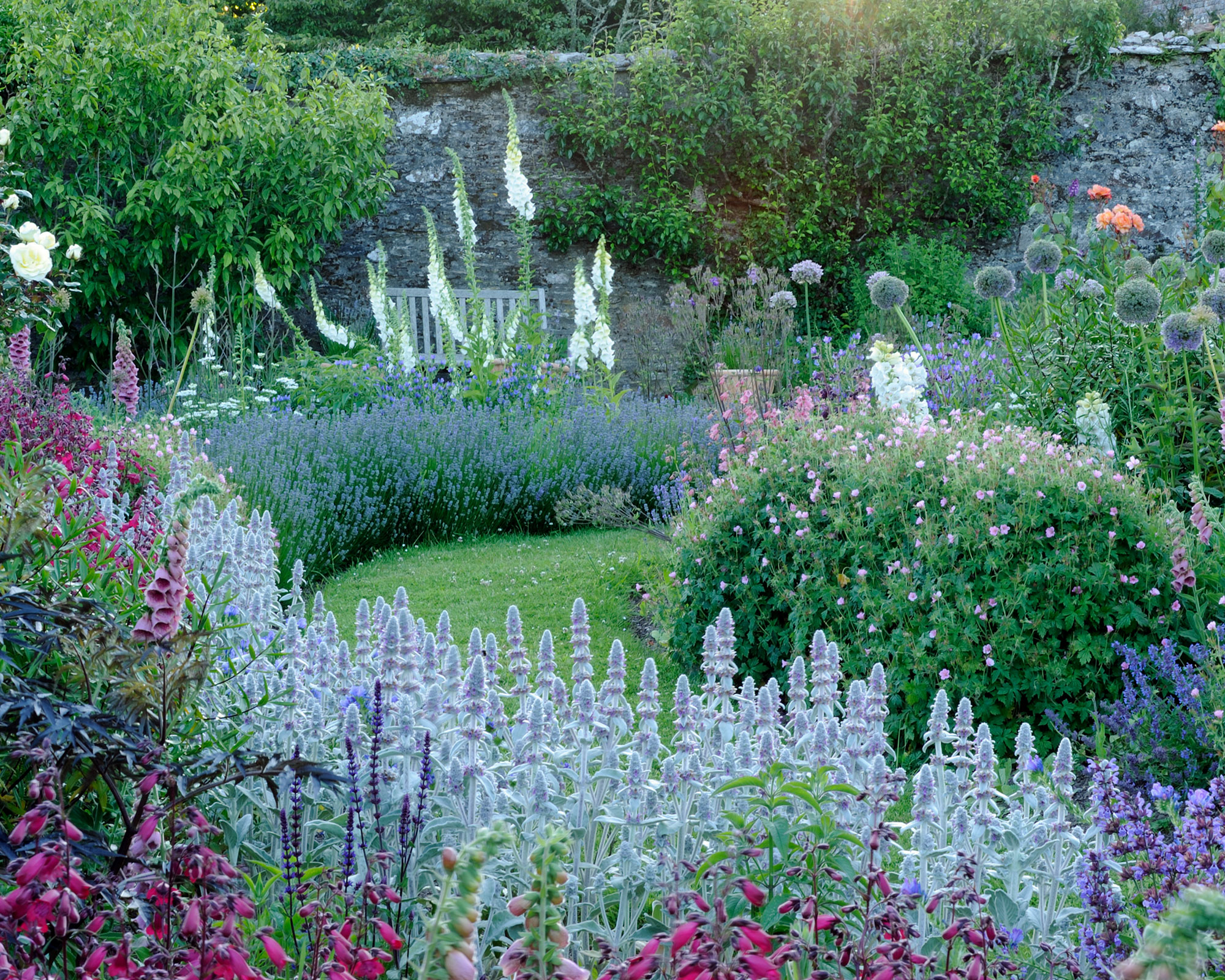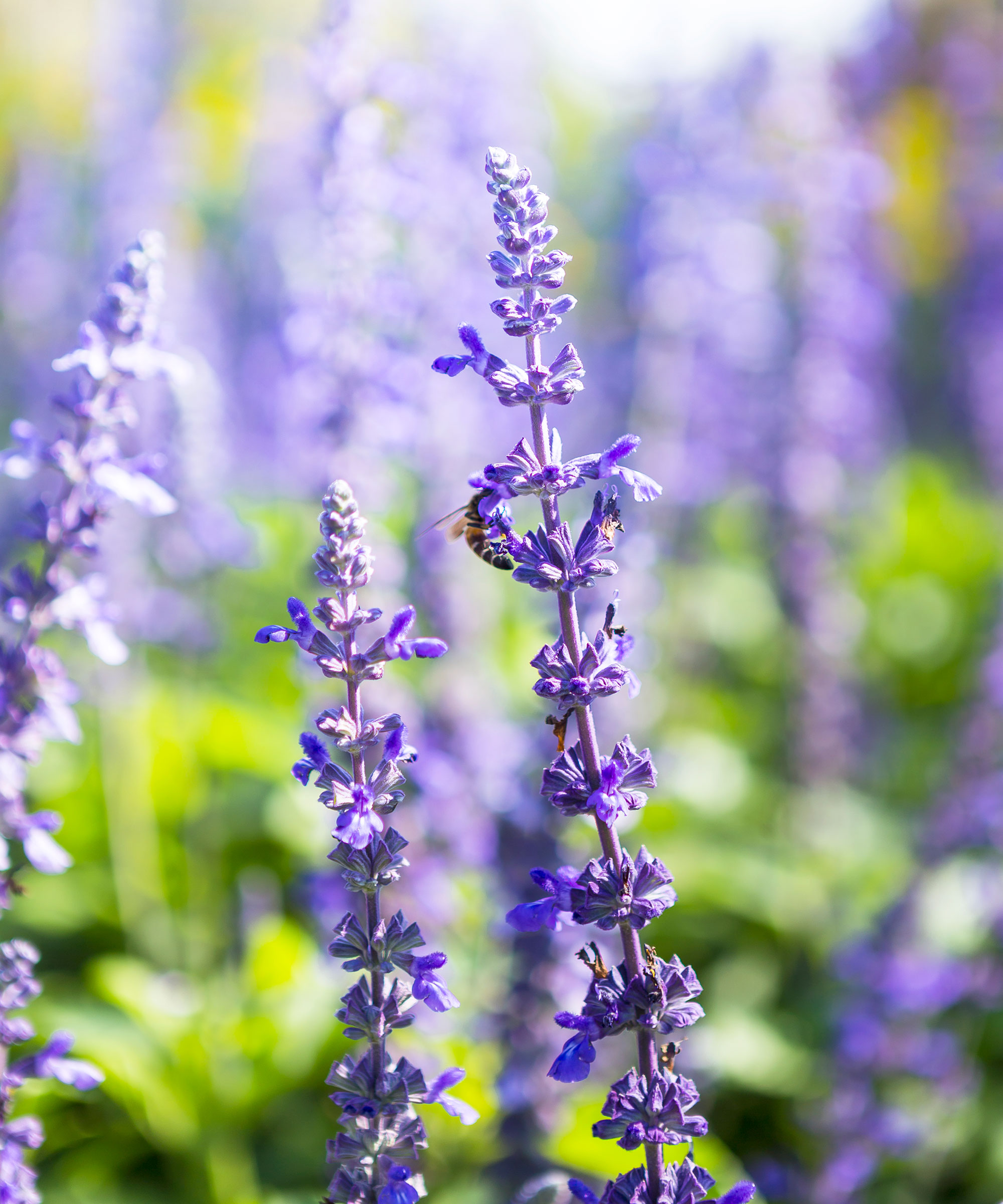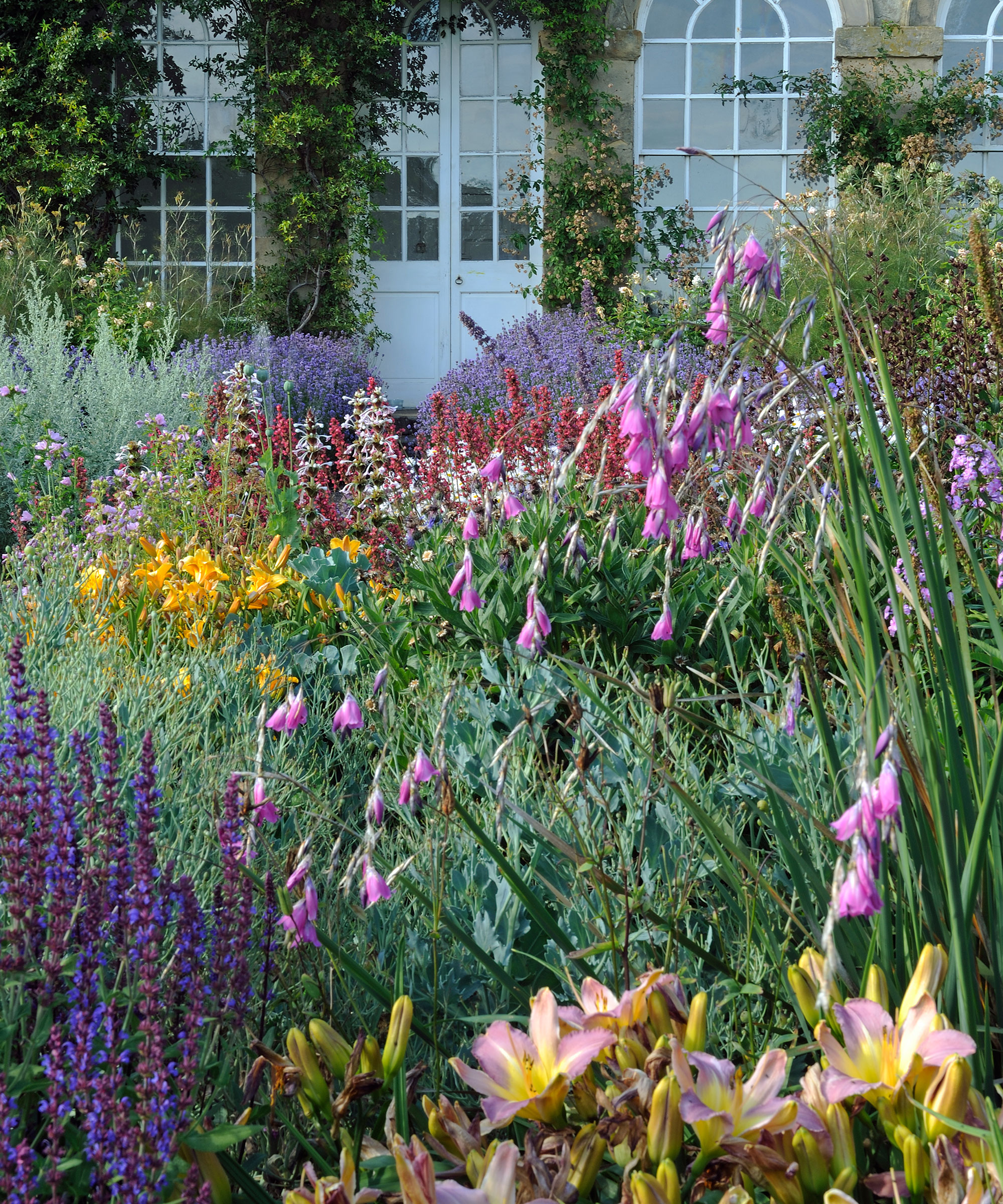How to grow salvias – an elegant addition to any garden
From early summer to late fall, shrubby salvias will sparkle like jewels


Knowing how to grow salvias will bring your garden plot alive with color, life and vivacity.
Once summer fades to fall and the sun sinks ever lower, it beautifies all flower bed ideas, but one group in particular sparkle with an intensity that sets them apart. These are shrubby salvias: tidy little bushes that are lavishly adorned with a myriad of tiny, gem-like flowers in shades of amethyst, garnet, topaz or opal. Starting in early summer, salvias shine radiantly through summer hazes and fall mists, until subdued by a dusting of frost.
Originating largely from Mexico and southernmost states of the US, today’s shrubby salvias fuse the untamed beauty of a wildflower with the skill of modern breeders who are producing hybrids in a huge range of colors and forms.
‘I love growing salvias, and there are few other plants that flower almost non-stop from May until November – you can even find some flowering on Christmas Day,’ enthuses William Dyson, a salvia specialist who breeds captivating new cultivars for which his nursery, Dyson’s Nurseries, is well-known.
How to grow salvias
Perennial salvias (also known as sage) are mainstays of the garden border during the midsummer season. Planted in the spring, these aromatic delights are beloved by bees, making them perfect for your wildlife garden ideas.
Shrubby salvias are generally hardy, obliging plants that produce vast quantities of flowers over an extremely long season, provided their chief requirements of full sun and good drainage are met.
This Mediterranean plant likes a sunny south-facing position if they’re going to thrive, with many happy even to settle their roots straight into gravel, which, of course, makes them the perfect complement to your Mediterranean garden ideas.
Design expertise in your inbox – from inspiring decorating ideas and beautiful celebrity homes to practical gardening advice and shopping round-ups.
Where is the best place to plant salvias?
'Plant your salvias in full sun with shelter from cold winds,' says gardening expert, Sarah Raven. 'It depends on the variety but generally salvia seeds can be planted under cover in early spring,' she says. 'They can also be direct sown in late spring and summer.'
In areas with harsh winters, it is advisable to plant shrubby salvias in spring, in order to provide a long growing season to get well established.
For greatest impact, shrubby salvias can be mass planted and, with the wide range of colors, there is plenty of choice for either a co-ordinated display of pinks, purples and reds, or a clash of vibrant shades.

Should salvias be cut back?
Cutting back and learning how to prune your salvias is one of the most important aspects of cultivating shrubby salvias to be proud to showcase in your backyard.
You will need to prune twice annually, to promote plant healthy and encourage a bushy growth. It is recommended that you cut as low as possible without damaging any new growth.

Can you plant salvias in containers?
For backyards with heavy clay soil, growing salvias in containers is the best way to ensure they do not die in waterlogged soil in winter. However, salvias are drought tolerant, and in pots need regular watering only in prolonged hot spells. Add horticultural grit to the compost to improve drainage and, unlike those grown in open ground, container-grown salvias benefit from a feed in spring with a high-potash fertilizer.
Do salvias like wet soil?
The short answer is no. Salvias will tolerate a range of soils, provided it is well-drained, but do not survive cold, wet winters in waterlogged grounds.
They grow best in a sunny, sheltered position and, while tolerating low light levels and partial shade, they flower less prolifically, and lean towards the light, adopting an ungainly shape.
What plants go well with salvia?
Salvias are well-suited to drought-tolerant conditions and pair well with plants of a similar nature. Good options for a low-maintenance garden border include echinops (globe thistle), dianthus, ceanothus, Centranthus ruber (valerian), Cistus x cyprius (gum cistus), island beds of Euphorbia characias (Mediterranean spurge), ornamental grasses and artemisia.
'As salvias are quite late flowering, they are also good partnered with spring bulbs which will be over by the summer, and their shabby leaves can be concealed by the emerging salvias,' says Sarah Raven.
Take a cue from the Victorians, who interplanted the formal designs with vibrant bedding plants such as heliotropes, pelargoniums, petunias, verbenas and salvias, or use less labor-intensive and pollinator-attracting perennials.

Jennifer is the Digital Editor at Homes & Gardens, bringing years of interiors experience across the US and UK. She has worked with leading publications, blending expertise in PR, marketing, social media, commercial strategy, and e-commerce. Jennifer has covered every corner of the home – curating projects from top interior designers, sourcing celebrity properties, reviewing appliances, and delivering timely news. Now, she channels her digital skills into shaping the world’s leading interiors website.